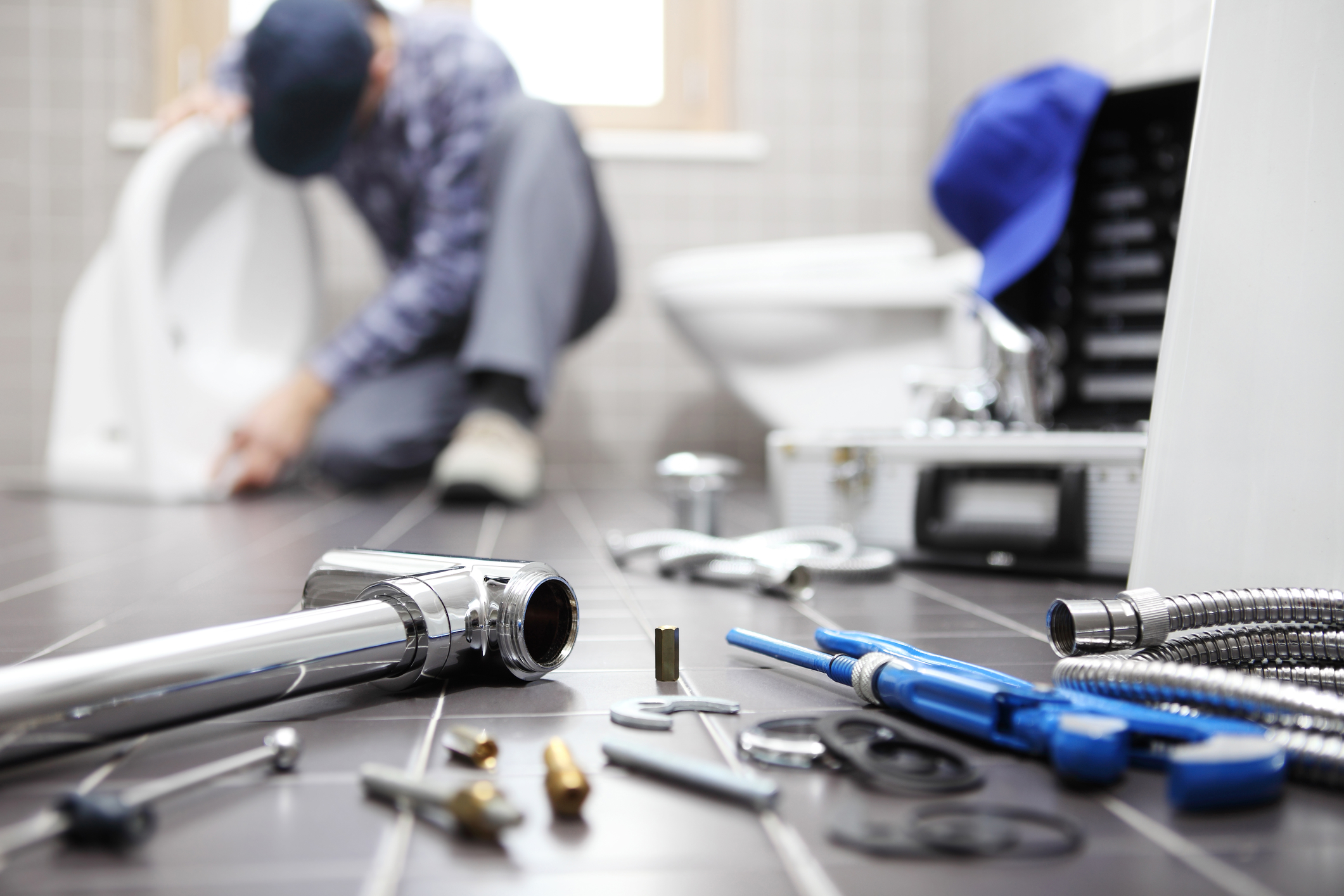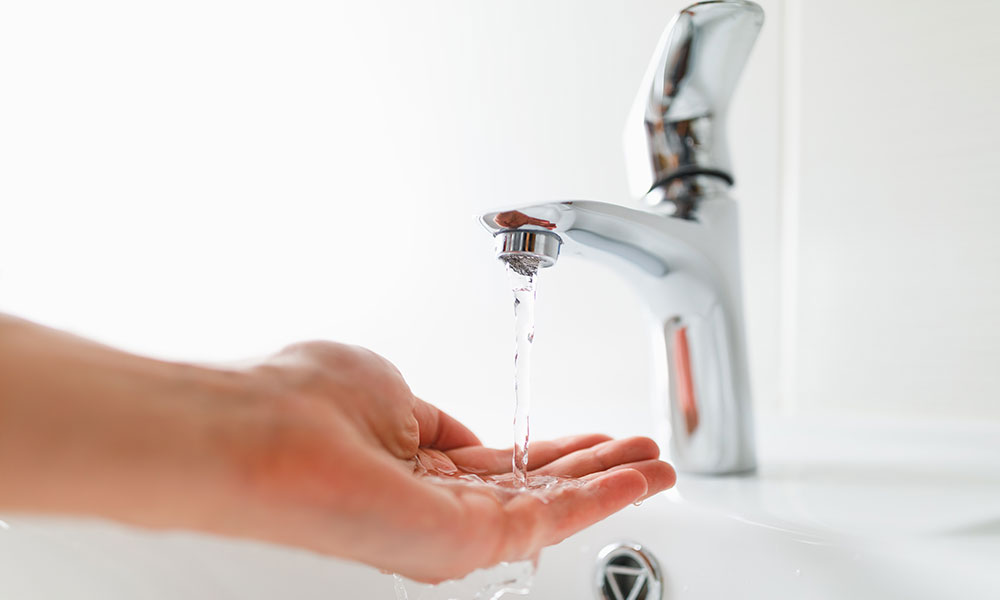Effective Fixes for Managing Low Water Pressure in Your Home
Effective Fixes for Managing Low Water Pressure in Your Home
Blog Article
The content down below involving 9 Reasons for Low Water Pressure in Your House is extremely enlightening. You should check this stuff out.

Low water pressure in your house can be a discouraging problem, influencing whatever from bathing to washing meals. If you're experiencing weak water flow, there are a number of possible reasons and remedies to explore. In this guide, we'll go over common reasons for low water pressure and functional steps to deal with the concern properly.
Introduction to Low Water Pressure
Low water stress happens when the flow of water from your faucets, showers, and various other components is weaker than normal. This can make everyday tasks much more tough and less reliable. Comprehending the reasons for low water stress is essential to finding the ideal service.
Typical Sources Of Low Water Pressure
Faulty Stress Regulatory Authorities
Pressure regulatory authorities are in charge of keeping regular water pressure in your house. If they malfunction, it can lead to low water pressure or unequal circulation throughout your house.
Local Water Supply Issues
Often, the problem lies outside your home. Municipal water supply concerns, such as main line leakages or upkeep job, can momentarily minimize water pressure in your location.
Pipe Obstructions
In time, pipes can end up being obstructed with natural resource, debris, or particles, restricting the flow of water. This is a typical problem in older homes with galvanized steel pipelines.
Rust
Rust within pipelines can lead to leaks and minimized water stress. Rust buildup can restrict water flow, particularly in aging plumbing systems.
Exactly How to Identify Low Water Pressure
Examining Pipelines
Inspect noticeable pipelines for indications of leakages, rust, or blockages. Focus on any kind of unusual sounds, such as banging or rattling pipes, which could show issues within the plumbing system.
Consulting with a Plumber
If you're incapable to determine the cause of low tide pressure, think about hiring a specialist plumber to perform a thorough evaluation. They can recognize underlying concerns and advise appropriate options.
Examining Taps and Components
Start by testing the water stress at different faucets and fixtures throughout your home. If the problem is isolated to details areas, it might show local issues.
Do It Yourself Solutions to Fix Low Water Stress
Flushing Hot Water Heater
Sediment accumulation in the water heater can restrict flow and decrease performance. Flushing the tank periodically assists get rid of sediment and maintain ideal performance.
Checking Stress Regulator
Guarantee that the stress regulator is functioning properly. Changing or replacing the regulator can assist bring back proper water stress throughout your home.
Cleaning Up Aerators and Showerheads
Mineral deposits can gather in aerators and showerheads, minimizing water flow. Remove and cleanse these elements regularly to enhance water pressure.
Clearing Clogs in Water Lines
For minor clogs, try utilizing a plumbing snake or chemical drain cleaner to clear blockages in pipelines. Be cautious when using chemicals and follow safety standards.
When to Call a Professional Plumber
If do it yourself initiatives fall short to fix the concern or if you believe substantial plumbing issues, it's finest to seek support from an accredited plumber. They have the expertise and tools to attend to intricate problems safely and effectively.
Safety Nets to Keep Water Pressure
Mounting a Stress Booster
Consider installing a pressure booster pump to boost water stress in areas with constantly reduced flow. This can be especially beneficial for multi-story homes or residential or commercial properties with high-demand components.
Surveillance Water Use
Bear in mind water use habits and stay clear of overtaxing the plumbing system. Straightforward modifications, such as incredible showers and washing lots, can aid maintain adequate water stress.
Normal Maintenance
Set up regular maintenance for your plumbing system to stop problems such as corrosion, leaks, and obstructions. Attending to small problems early can assist prevent more considerable repair services later.
Conclusion
Managing low tide stress can be frustrating, however recognizing the underlying reasons and carrying out suitable solutions can recover optimum circulation throughout your home. Whether it's cleaning up aerators, examining pipes, or speaking with a plumber, taking positive actions can make sure a consistent supply of water for your everyday requirements.
FOUR WAYS TO FIX LOW WATER PRESSURE NOW
Turning on a shower or faucet only to find the water comes out in a sad, slow drizzle is never a good feeling. How exactly are you supposed to wash a pan or take a quick shower when it takes 10 minutes just to rinse off a little soap? The good news is that when your water pressure is bad, there's always a cause: typically one that can be easily fixed. Here are some of the most common causes of low pressure and what you can do to fix the issue:
DEBRIS AND MINERAL DEPOSIT BUILDUPS
If you notice low water pressure from just one or two of the fixtures in your house, the problem likely has to do with debris buildup. Water is full of minerals and other debris, all of which can accumulate in your pipes and on your fixtures. This can cause a blockage that affects how much water flows through. To fix this, try filling a small plastic bag with white vinegar, and use a rubber band to hang it around your showerhead or faucet. Let the head of the fixture soak for a few hours, and the vinegar should loosen the deposits.
WATER LEAKS
Leaks are another common cause of low water pressure. If water is flowing out of your plumbing through a hole or crack before it can reach your fixture, the pressure coming out of the faucet or showerhead will be lower. A plumbing professional is your best bet for finding and repairing a leak in your water supply pipes.
Leaks are another common cause of low water pressure. If water is flowing out of your plumbing through a hole or crack before it can reach your fixture, the pressure coming out of the faucet or showerhead will be lower. A plumbing professional is your best bet for finding and repairing a leak in your water supply pipes.
A VALVE ISSUE
If you have low water pressure throughout your home, check your main shut-off valve to make sure it's completely open. You may also want to see if there's a pressure-reducing valve installed. If there is, have a plumber help you adjust the settings to get the pressure you're looking for.
OTHERS USING WATER
Believe it or not, your low water pressure could be caused by your neighbors. If you notice low pressure at certain times of day, it may be because you and the people living next to you have similar schedules - when everyone is showering at the same time, the pressure will be lower in every home. Low pressure throughout the neighborhood may also be caused by an issue with your municipal water supply. If that's the case, call the supplier to see if they're working on the issue.
https://www.rotorooter.com/blog/water-leaking/low-water-pressure-fixes/

I was made aware of that editorial on through an associate on another website. Sharing is good. Helping others is fun. Thank you for your time. Revisit us soon.
Check Us Out Report this page